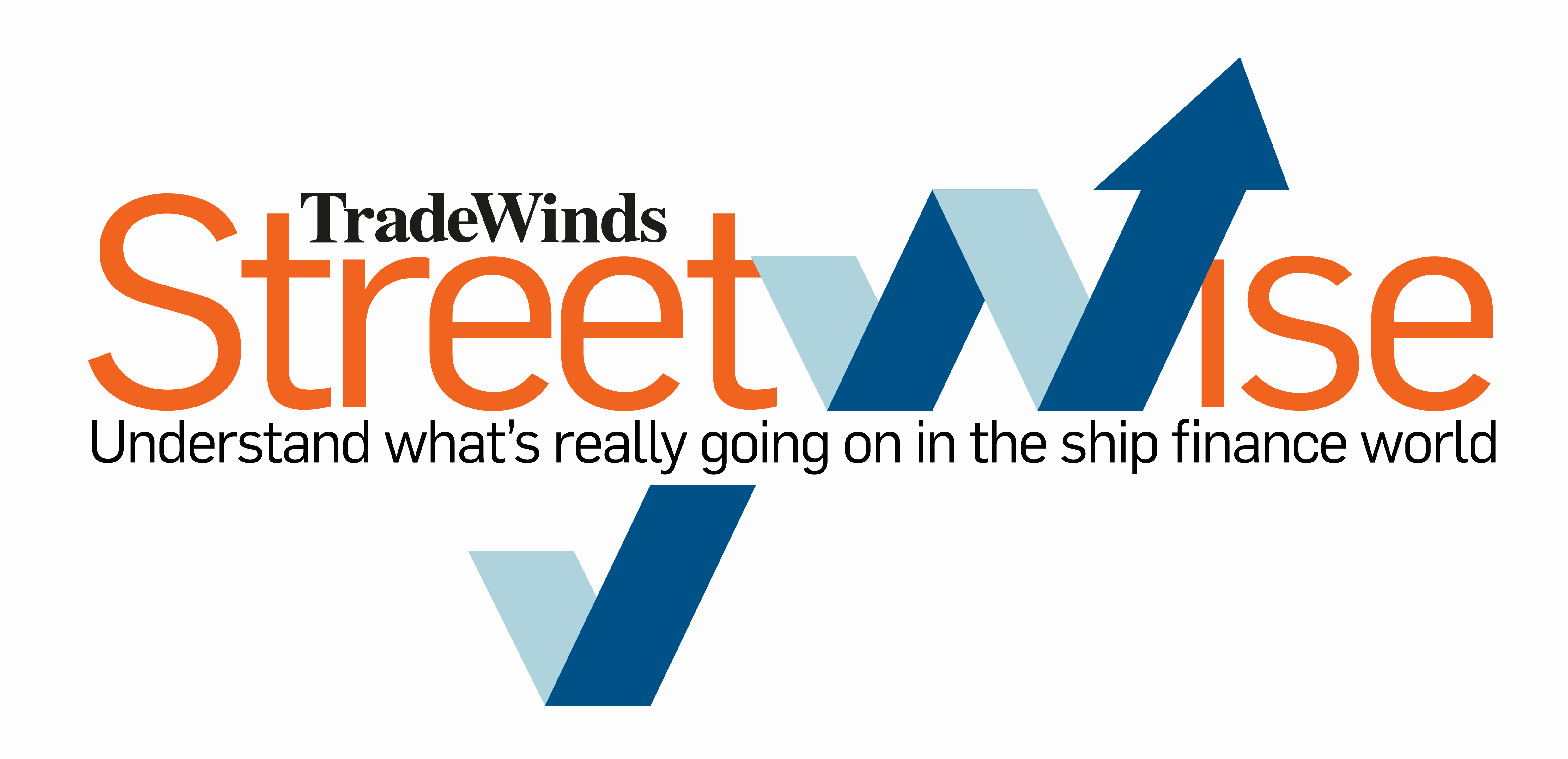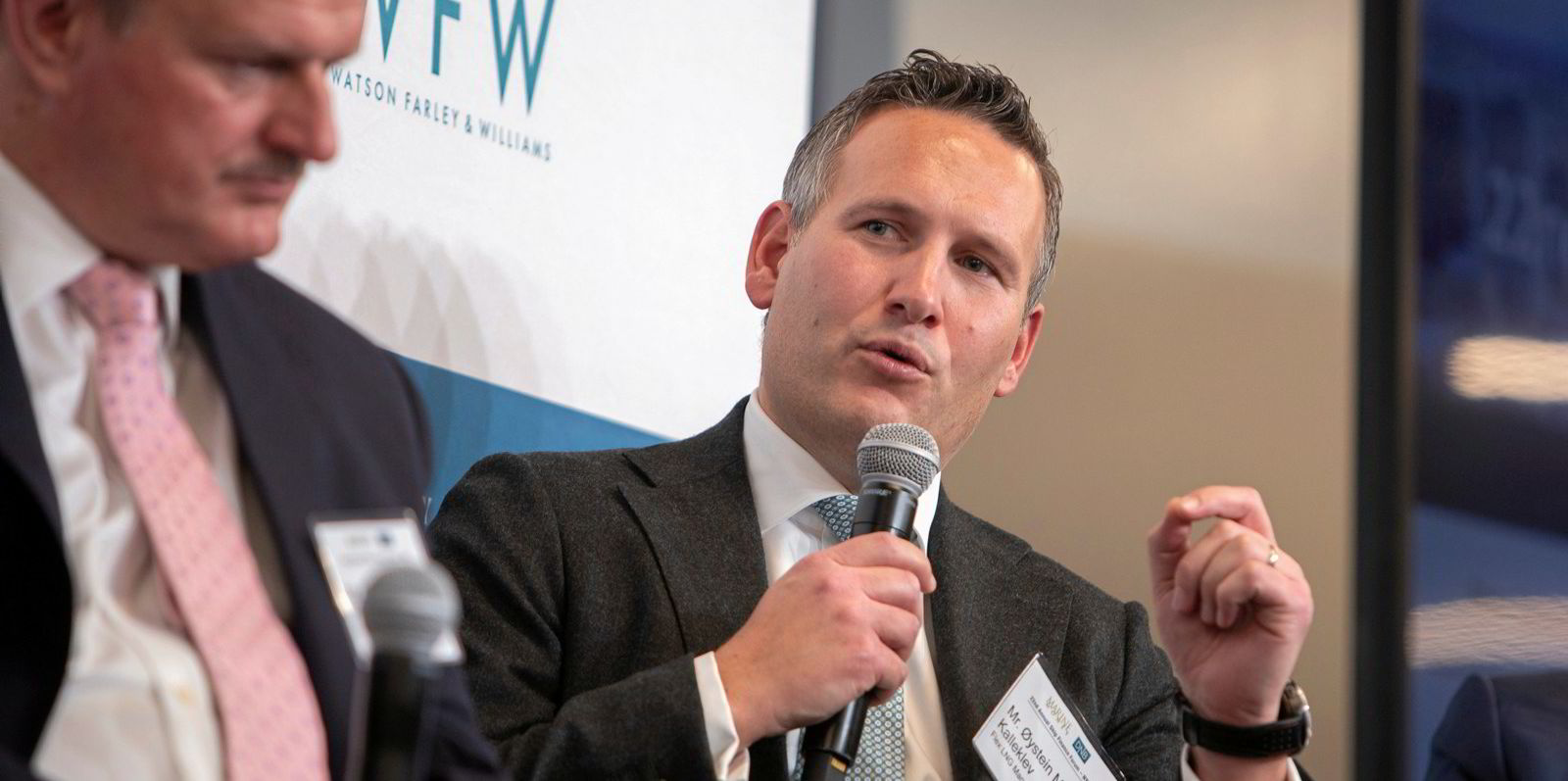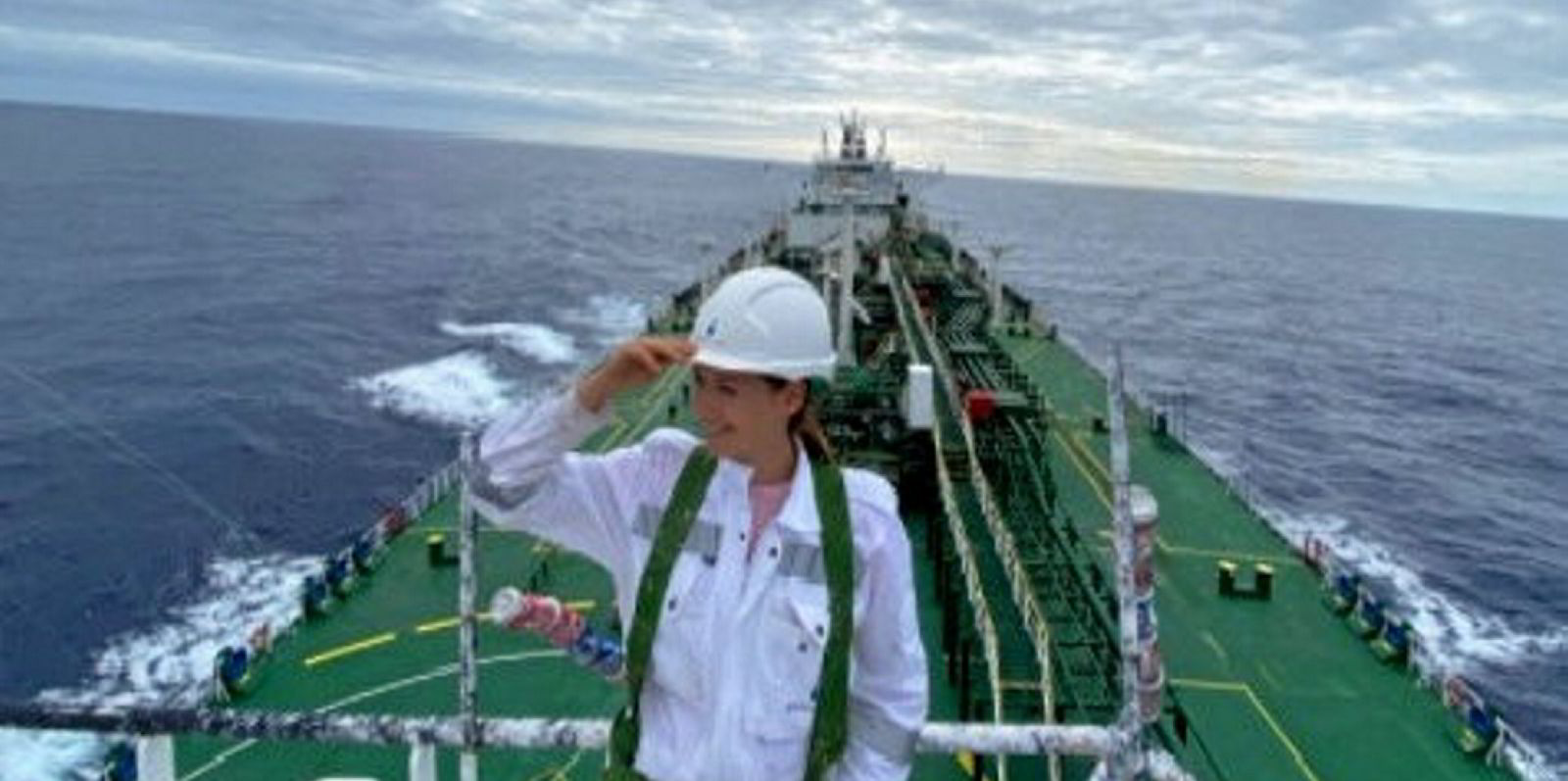VLGC owners do not seem concerned about the orderbook weakening rates.
Avance Gas chief executive Oystein Kalleklev said observers need to look beyond next year’s glut of ships.
“Everybody’s talking about the orderbook,” he said at Marine Money Week conference in New York on Wednesday.
“How many ships are going to hit the water in 2023? The orderbook in 2024 is very slim, [2025] is zero.”
He said South Korean yards are charging $95m for a high-specification VLGC.
“It’s a bit difficult to order on speculation given these kids of prices given the whole sector is being priced on [net asset value],” Kalleklev said.
There are 66 VLGCs on order, according to Fearnleys Securities, which equates a fleet-to-orderbook ratio of 22% with the bulk of those ships expected to hit the water next year.
The fleet growth comes as VLGCs have been trading in an extremely volatile rate environment in 2022, with uncertainty from Russia's invasion of Ukraine boosting rates from the $20,000 per day range into the $70,000 per day range.
Then, rates fell into the $30,000 per day to $40,000 per day range.
Both Kalleklev and Dorian LPG finance chief Ted Young said rates had begun ticking up again.
The orderbook is not expected to have a similar impact as it did six years ago when a glut of ships cratered earnings.
Young said things had changed considerably, with more ships and more cargoes.
“The contours of the market have changed a lot,” he said. “Do we have the potential for a good run? Yeah. I think so.
“I think the fundamentals are set up for a good run.”







